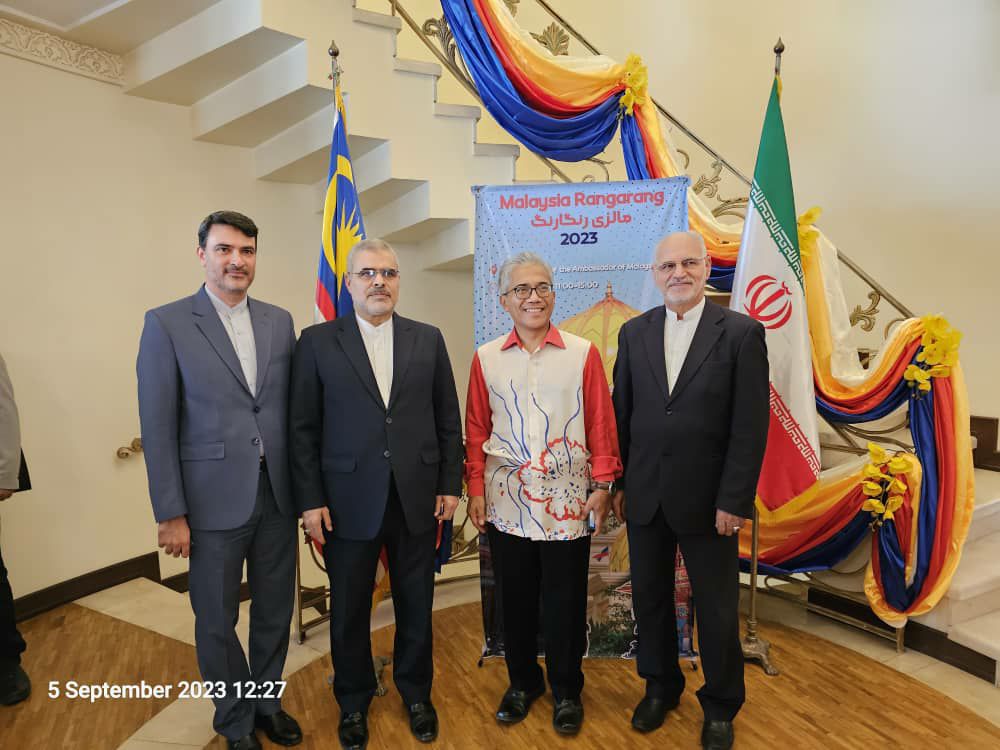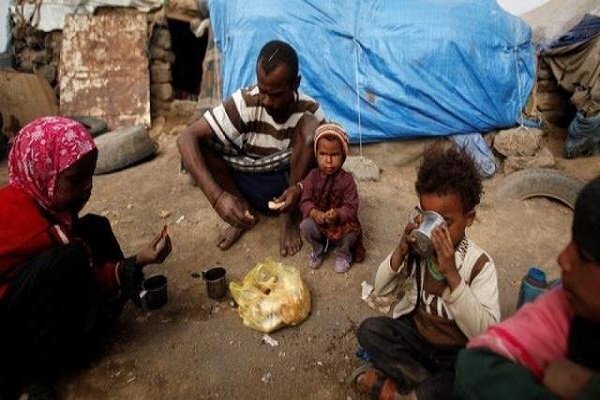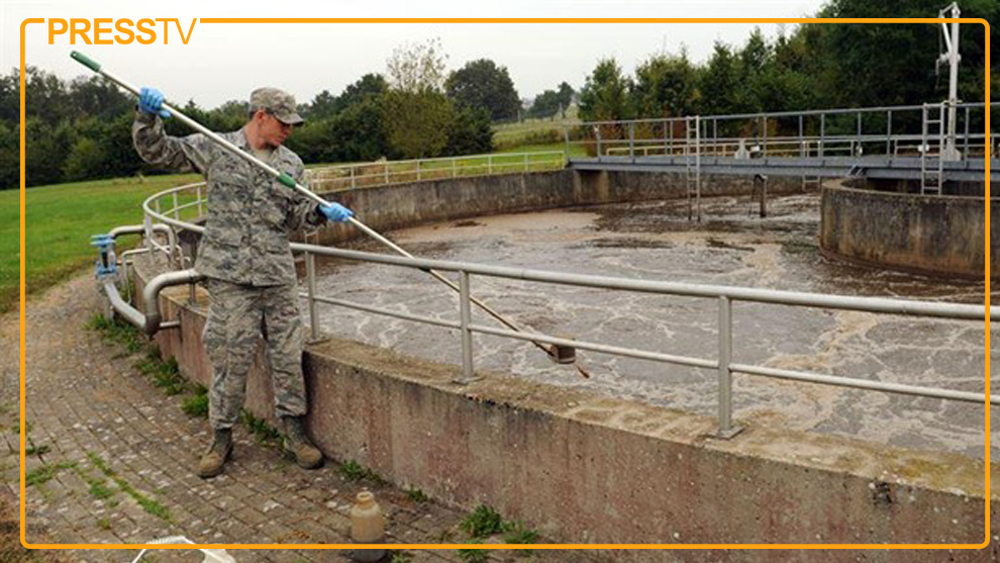Positive Trade Balance in Iran’s Free Zones
TEHRAN (Iran News) According to a report by the Supreme Council of Free Trade-Industrial and Special Economic Zones, the council’s secretary mandated the release of import and export data to ensure transparency in performance. The latest commercial performance reports for the country’s free zones have been published on their respective websites.
The data reveals that over the first 11 months of the year, exports from these zones have increased. Alongside this growth, import trends have been influenced by commercial and economic policies. The total export value from the free zones exceeds $1.085 billion, while imports (excluding machinery) amount to $1.061 billion, resulting in a positive trade balance of $24 million. Certain zones have successfully captured larger shares of international markets.
Among the standout performers, the Maku Free Zone recorded approximately $169 million in exports and $37 million in imports from the start of the Iranian year (March 21, 2024) through late February 2025, achieving the highest trade surplus of $132 million. Qeshm Free Zone reported $257 million in exports and $143 million in imports, maintaining a positive trade balance of $113 million. Similarly, Kish Free Zone posted $224 million in exports and $119 million in imports, with a trade surplus exceeding $104 million. The Aras Free Zone, with $180 million in exports and $151 million in imports, recorded a positive trade balance of $28 million, reflecting a steady upward trend.
In contrast, some zones reported negative trade balances. The Chabahar Free Zone recorded over $5 million in exports and $174 million in imports, resulting in a trade deficit of $168 million. The Arvand Free Zone reported $225 million in exports and $318 million in imports, with a deficit of $93 million, while the Anzali Free Zone logged $25 million in exports and $117 million in imports, leading to a $91 million deficit over the past 11 months.
The report notes that the import figures for these zones include raw materials, passenger-related goods, consumer items, and vehicles, while machinery imports are excluded from the totals.
Many experts believe that improving infrastructure, implementing supportive policies, and shifting governance models could play a significant role in boosting exports from these free zones.
- source : IRAN NEWS ECONOMIC DESK






























